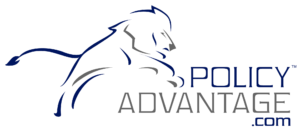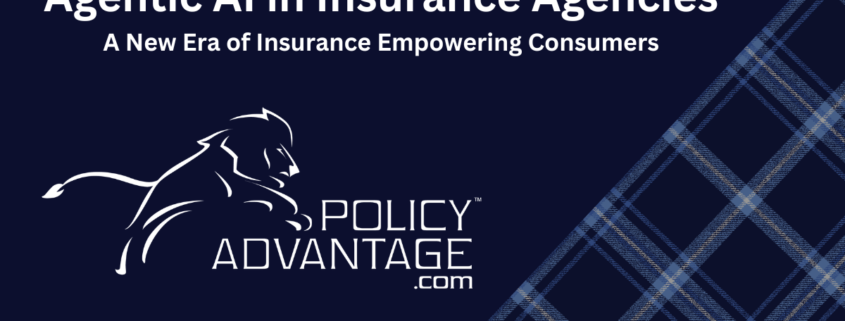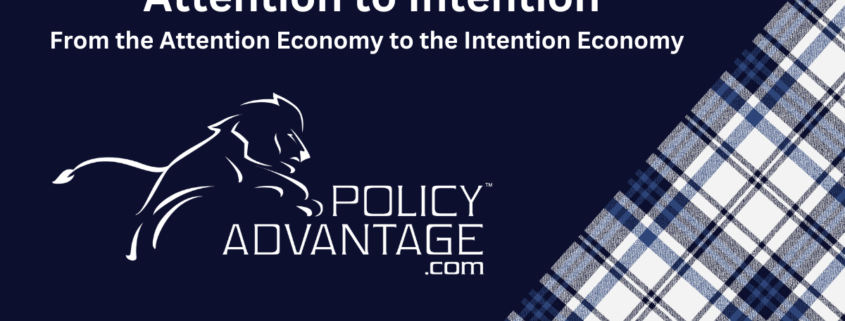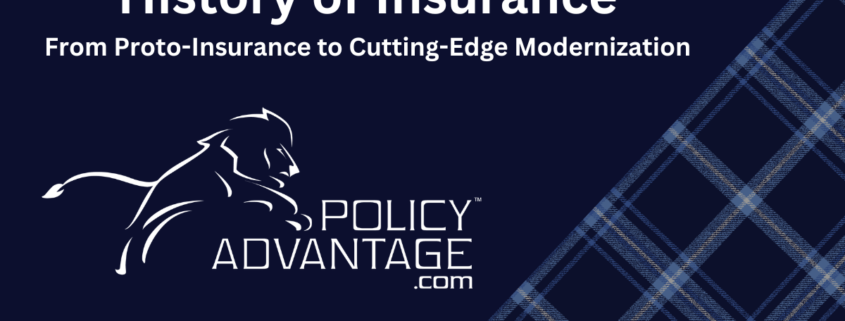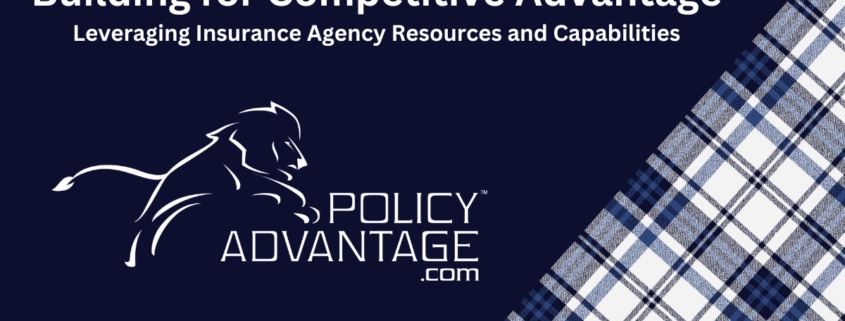Empowering Consumers with Agentic AI: A New Era of Insurance
What is Agentic AI?
Agentic AI refers to artificial intelligence systems that operate with a high degree of autonomy, making decisions and taking actions without constant human oversight. Unlike traditional AI models that rely on predefined inputs and outputs, agentic AI can adapt, plan, and interact with its environment dynamically. It is designed to pursue goals, solve problems, and even collaborate with humans in real-time, making it an evolution from conventional automation to intelligent, self-directed agents.
A Brief History of Agentic AI
The concept of agentic AI has roots in early AI research focused on expert systems and decision-making frameworks. In the 1950s and 1960s, AI pioneers like John McCarthy and Marvin Minsky laid the groundwork for machine intelligence. By the 1980s and 1990s, agent-based modeling and reinforcement learning gained traction, enabling machines to make decisions based on environmental feedback.
In the 21st century, advancements in deep learning, natural language processing, and reinforcement learning have propelled agentic AI forward. Companies like OpenAI, DeepMind, and Anthropic are developing AI agents capable of reasoning, planning, and autonomously executing tasks, moving beyond static rule-based systems to dynamic problem-solving entities.
How Agentic AI Works
Agentic AI operates through several key mechanisms:
- Perception: It gathers data from various sources, such as customer interactions, historical records, and external databases.
- Decision-Making: It uses machine learning models, logic-based reasoning, and probabilistic methods to analyze data and determine optimal actions.
- Autonomous Action: Unlike passive AI tools, agentic AI takes actions on its own, whether scheduling appointments, generating reports, or responding to client queries.
- Continuous Learning: Through reinforcement learning and feedback loops, agentic AI improves over time, refining its strategies and decision-making capabilities.
Applications of Agentic AI in Insurance for Consumers
For customers working with an independent insurance agency like PolicyAdvantage.com, agentic AI offers several benefits that enhance their experience and make insurance more accessible and convenient:
- Simplified Policy Selection. Choosing the right insurance plan can be overwhelming. Agentic AI can analyze a customer’s unique needs—whether for health, travel, or business coverage—and provide personalized recommendations instantly, helping them make informed decisions without the hassle of complex comparisons.
- 24/7 Instant Assistance. Instead of waiting on hold or navigating complicated customer service menus, AI-powered agents can provide real-time answers to insurance questions, explain policy details in simple terms, and assist with claims anytime, day or night.
- Faster and Easier Claims Processing. Filing a claim can be a stressful experience. With agentic AI, customers can submit claims through a mobile app or chatbot, receive instant guidance on required documents, and even get real-time status updates, reducing frustration and uncertainty.
- Proactive Policy Management. AI can monitor a customer’s insurance policy and notify them of important updates, such as when it’s time to renew, if they qualify for discounts, or if there are better options based on their evolving needs. This helps customers stay on top of their coverage effortlessly.
- Fraud Protection and Security. Customers want to ensure their claims and personal data are protected. Agentic AI can detect unusual activity, alerting them to potential fraud risks and ensuring that their insurance experience is secure and trustworthy.
- More Transparent Pricing. Many consumers worry about whether they’re paying too much for coverage. AI-driven pricing models can provide clear, data-backed explanations for premium costs, helping customers understand how their rates are calculated and where they might save money.
The Future of Insurance with Agentic AI
As AI continues to evolve, insurance agencies that leverage agentic AI will offer a more customer-centric experience by making insurance simpler, faster, and more transparent. The future of independent insurance agencies like PolicyAdvantage.com lies in integrating intelligent AI agents that can provide personalized assistance, enhance accessibility, and improve overall customer satisfaction.
By embracing agentic AI, the insurance industry is shifting toward a model where technology enhances human experience—offering convenience, security, and peace of mind to customers in need of reliable insurance solutions.
